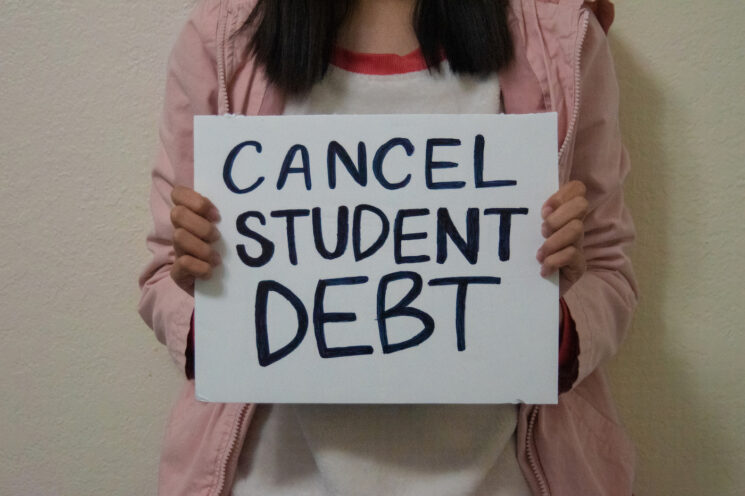
By Reese Meister
On Dec. 1, the Supreme Court permitted the blocking of the Biden administration’s Student Debt Relief in response to arguments against the plan. With more oral arguments scheduled for February, the court should reach a decision by June 2023.
President Joe Biden, vice president Kamala Harris and the United States Department of Education collaborated to create the project, which consists of three parts. First, it has provided an extension to the loan repayment pause until January 2023. Taking into account the financial struggles for many during the pandemic, this pause has already been in effect since March of 2020.
Student Debt Relief would also work to prevent large student loans from accumulating in the future with a new layout for monthly payment. Repayment would fall under 5% of a person’s discretionary income instead of 10%, and an outstanding loan of less than $12,000 would be forgiven in less time.
The main part of the plan, which has faced the most resistance from opponents, includes supporting low and middle income families through student debt relief. To qualify, a person must earn less than $125,000 annually individually or live in a household that earns under $225,000.
The government would forgive a maximum of $20,000 in the case of Pell Grant recipients, a program for undergraduates. For others, the maximum amount would be $10,000. To receive the money, individuals would fill out an application; however, millions could receive relief without applying since the Department of Education already has their information.
The Biden administration notified many of their eligibility for relief beginning in November, before the 8th US Circuit Court of Appeals blocked the plan. So far, the plan has collected 26 million applicants, but no money has been distributed yet because of the pause.
Opponents of the project cite legality issues; they do not agree that the pandemic justifies the forgiveness of student loans through the HEROES Act. Others feel upset over their exclusion from debt relief.
In Texas, the Job Creators Network Foundation helped two people sue for their own debt relief. One believed he should receive $20,000 instead of $10,000 because of his current economic status, while the other could not qualify without having loans through the Department of Education.
Meanwhile, the plan faces dissent on the state level as well. Nebraska, Arkansas, Missouri, Kansas, Iowa and South Carolina have challenged the project in the case Nebraska v. Biden, expressing worries over wasting tax revenue and financial harm to loan services. They deny Biden’s power to forgive over $400 billion of federal student loan debt.
The Department of Education estimated that the plan will cost about $30 billion annually for the next ten years if approved. However, this relief could affect millions of qualifiers, including 16 million who were already approved prior to the pause. Some of these applicants strongly support the plan but express frustration that their previously approved debt forgiveness is now in jeopardy. With other expenses like medical bills, these individuals face financial struggles from immense student debt.
The Biden-Harris Administration currently hopes to reverse the block on the Student Debt Relief plan but must first obtain Supreme Court approval.





